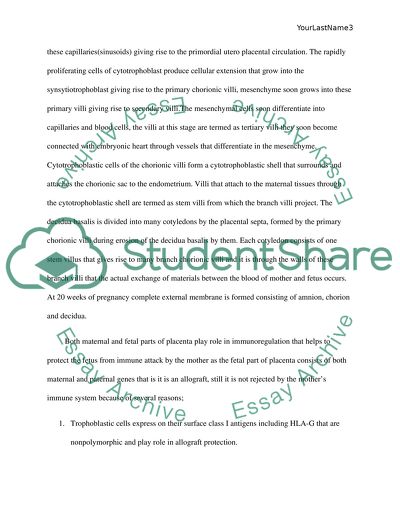Cite this document
(“Development of the Human Placenta Research Paper”, n.d.)
Development of the Human Placenta Research Paper. Retrieved from https://studentshare.org/biology/1439808-development-of-the-human-placenta
Development of the Human Placenta Research Paper. Retrieved from https://studentshare.org/biology/1439808-development-of-the-human-placenta
(Development of the Human Placenta Research Paper)
Development of the Human Placenta Research Paper. https://studentshare.org/biology/1439808-development-of-the-human-placenta.
Development of the Human Placenta Research Paper. https://studentshare.org/biology/1439808-development-of-the-human-placenta.
“Development of the Human Placenta Research Paper”, n.d. https://studentshare.org/biology/1439808-development-of-the-human-placenta.


